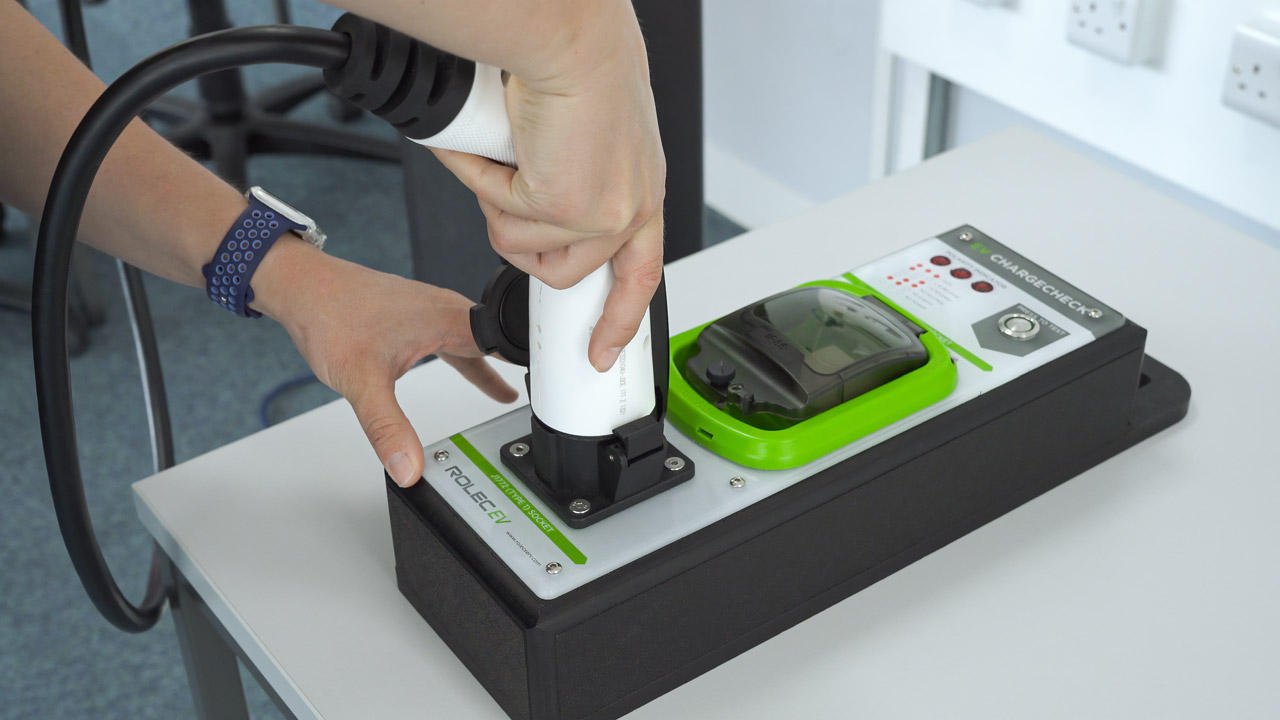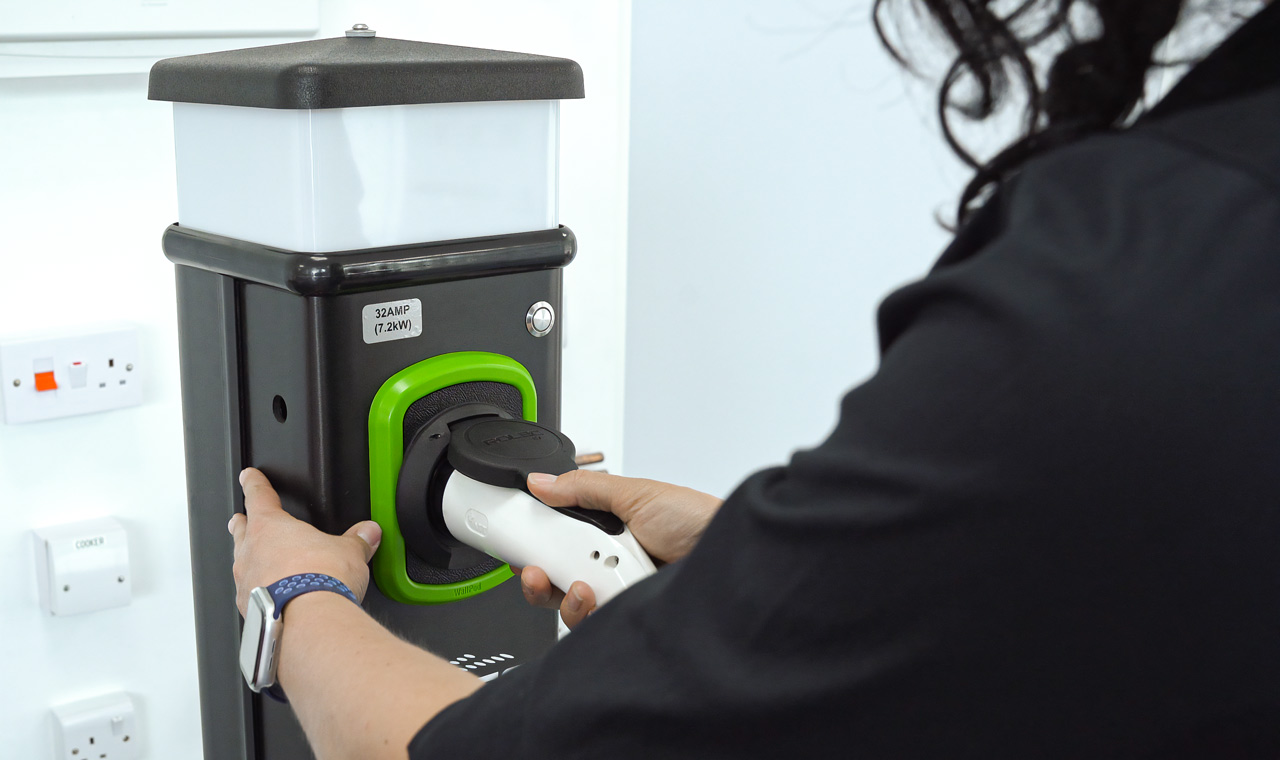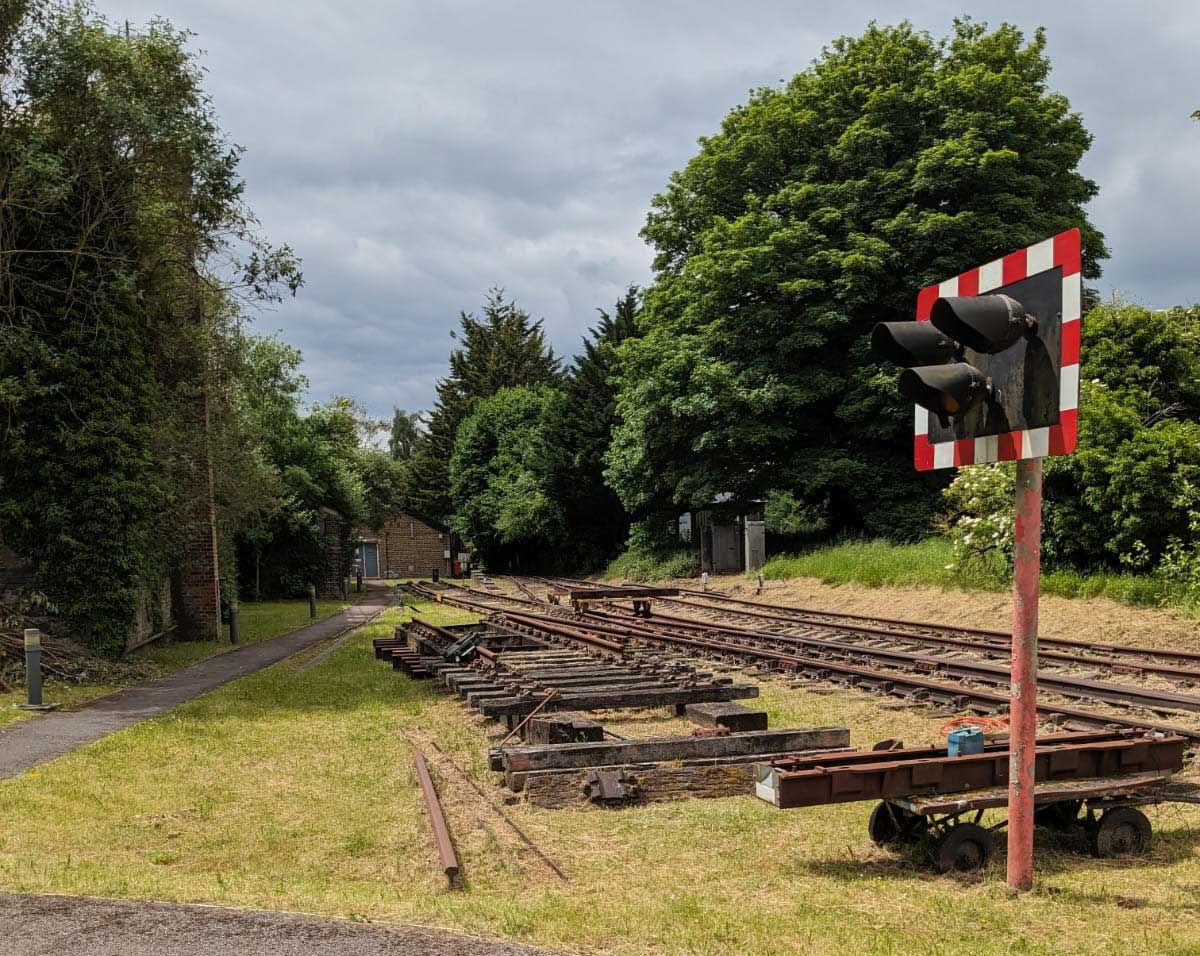Electricians are called upon to carry out many aspects of electrical work, from repairing or replacing a socket or light fitting to modifications and new circuits, as well as new build and commercial installations. However, probably the least favourite of all is the rewire and potentially worse still is the rewire of an inhabited home!
We would like to share with you our guide to the rewire. Find out when a rewire is necessary and the building regulations that need to be adhered to.
The Rewire!
Old or faulty electrics can be a serious fire hazard, which at worst could lead to injury or electrocution. Not only is old wiring dangerous but it also isn’t capable of coping with the demands of modern living.
If you have been asked to quote for a full house rewire or perform significant alterations to a home, then the Building Regulations under Part P come into force.
When is a rewire necessary?
Firstly, you should always meet the client at the place the work is to be carried out to get a clear understanding of what is required prior to completing your estimate of work/costs. You can also at this stage asses the feasibility of the project and how much to charge.
- A full rewire should be considered if a property is more than 25 years old and hasn’t been upgraded to bring it up to the current requirements
- If major remodelling work is required that constitutes a material alteration, as defined by the Building Regulations, it is likely that a part or full rewire of the property will be required. This would include upgrading the consumer unit
- If a property is being extended, or a garage or attic is being converted, this could constitute new work. Therefore, all new wiring will have to conform to Part P: Electrical Safety. Existing wiring will have to be improved to ensure it can carry the additional loads safely
- If during a periodic test it is discovered that the cable insulation reading are below acceptable levels


How to tell if a property needs a rewire
A good starting point is to check the type of electricity meter and fuse box (consumer unit). Modern consumer units will have circuit breakers and residual current devices (RCDs). Old fuse boxes will have old fashioned rewireable fuses.
You can also tell by inspecting exposed parts of the wiring as modern electrical installations are wired using grey or white PVC insulated cable.
An indication that a partial rewire has been undertaken is if there is a mix of different switch and socket styles and if there is surface-mounted wiring running up walls or along skirting boards. You may also find examples of old dolly switches or round pin sockets, a sure sign that a rewire is needed.
What’s involved in a rewire?
Rewires are messy and are best achieved in two stages, usually before any plastering has been done and at the same time as any plumbing or central heating work. This is also best achieved without any furniture or carpets in place, as ceilings and walls will need to be cut into and floorboards lifted to allow for installation of cables and wiring. The real difficulty will occur if carrying out a rewire in an inhabited dwelling, where apart from the moving of furniture and lifting of carpet you must ensure that the first and second fix of each circuit needs to be carried out at the same. This is to ensure that the power is reconnected every evening for the occupants to have electricity, which can add significant time and expense to any project.
Second fix is when switches, lights and front faceplates of sockets are fitted, connected up and then tested before being made live.
Things to consider during first fix – which includes all of the wiring for:
- circuits and back boxes
- internal lighting and external security lights
- garden RCD safety sockets
- central heating controls
- doorbells
- smoke detectors and heat alarms
- shaving points
- television aerial sockets
- hard-wired burglar alarms
- telephone points
- data
- speaker cabling
- any hidden cabling
Second fix involves:
- connecting up the consumer unit
- connecting up the boiler, immersion heater and central heating controls
- faceplates for sockets and switches
- light fittings
- wiring any electric fans
- cookers and extractor hoods
- electric showers
We have put together a handy Domestic Rewire Check List which you are welcome to download here.
How long will it take?
Assuming there are no hidden surprises, a typical kitchen rewire should take two days to complete. A three-bed semi should take two days to first fix and two days to second fix. Larger properties will take much longer.
Moving a consumer meter
The customer will need to contact their electricity utility company and UK Power Networks if the mains connection and meter need to be moved. This will need to be booked in, in advance, as it can take several weeks for the works to start as new cabling, meter and reconnection needs to happen simultaneously. Utility companies and UK Power will charge for this work.
The importance of earthing
Earthing is a vital part of any electrical work to ensure that all circuits are protected and a clear path to earth is in place in the event of a fault within the installation. All new electrical installations are classed as notifiable work, this means that the work must be carried out and/or signed off by a competent person and Building Control must be informed. If correct earthing is not in place and the test readings do not match those laid out in BS 7671 the installation will not meet regulations and cannot be signed off and energised.
Rewires along with all electrical installations or modification should be carried out by a competent electrician.




















